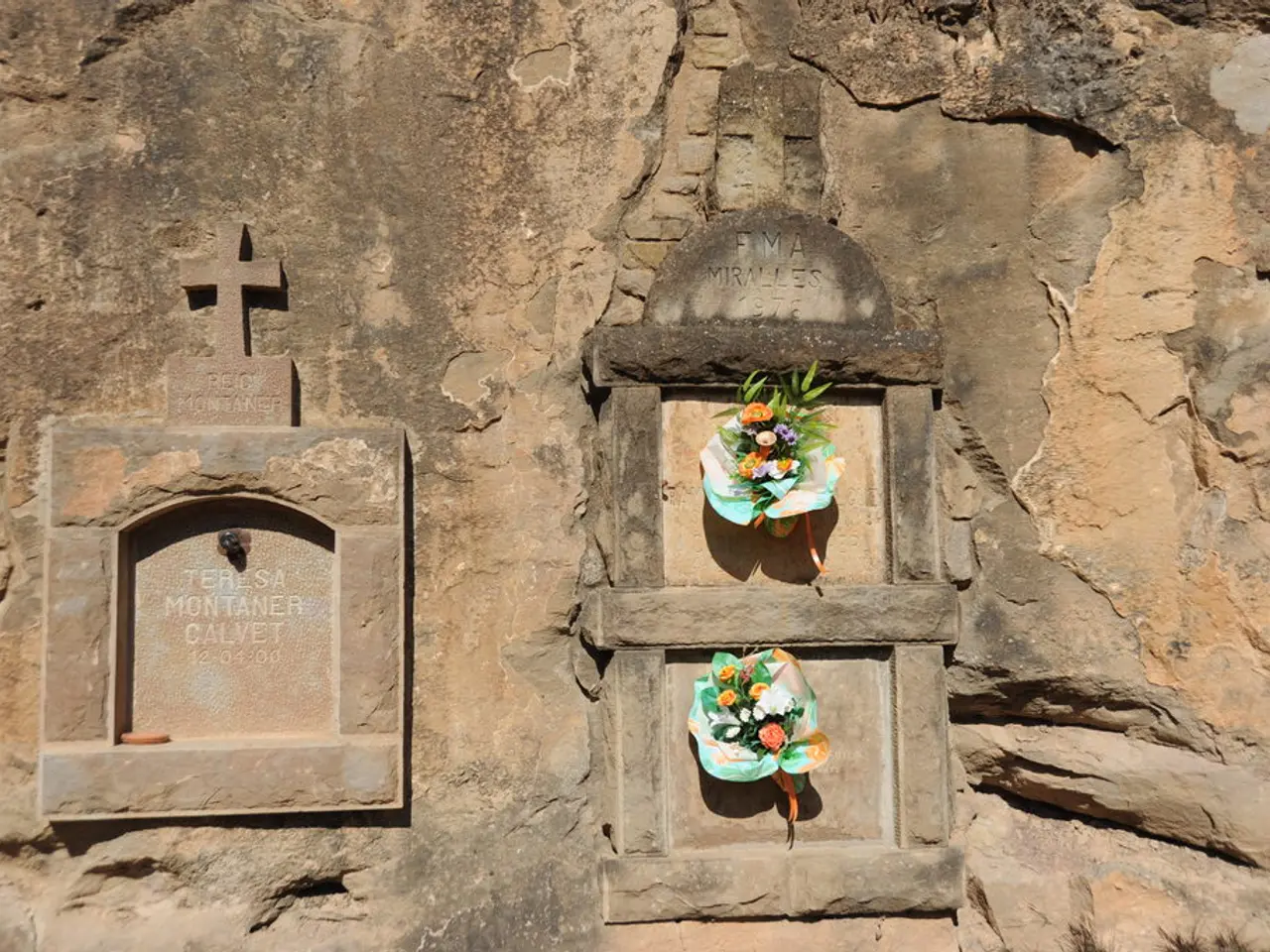How Mexico’s Golden Cempasúchil Flower Bridges Life and Death Each November
In Mexico, the vibrant Day of the Dead flower, cempasúchil, plays a crucial role in the Day of the Dead celebrations. Its intense yellow or orange hue and distinctive aroma guide departed souls back to a ceremonial banquet prepared by their living relatives.
According to Mexica belief, the cempasúchil, also known as Tagetes erecta, symbolizes the connection between life and death. Its origins lie in a poignant legend of Xóchitl and Huitzilin, a couple separated by war. Heartbroken, Xóchitl climbed a mountain to beseech the sun god, Tonatiuh, to see her beloved again. Moved by her grief, Tonatiuh transformed Xóchitl into the golden-orange cempasúchil, a flower that blooms profusely when a hummingbird lands on it, shedding light at night and serving as a beacon for the souls of the deceased.
Today, cempasúchil production in Mexico is focused on its ceremonial purposes. During late October and early November, the country is blanketed in orange, as these flowers are used to decorate altars of the dead, guiding the souls back to the world of the living for the Day of the Dead festivities.
The cempasúchil, with its unique aroma and vibrant color, is more than just a flower; it is a symbol of love, loss, and the connection between the living and the dead. Its production and use during the Day of the Dead are a testament to the enduring power of Mexica tradition and belief.







